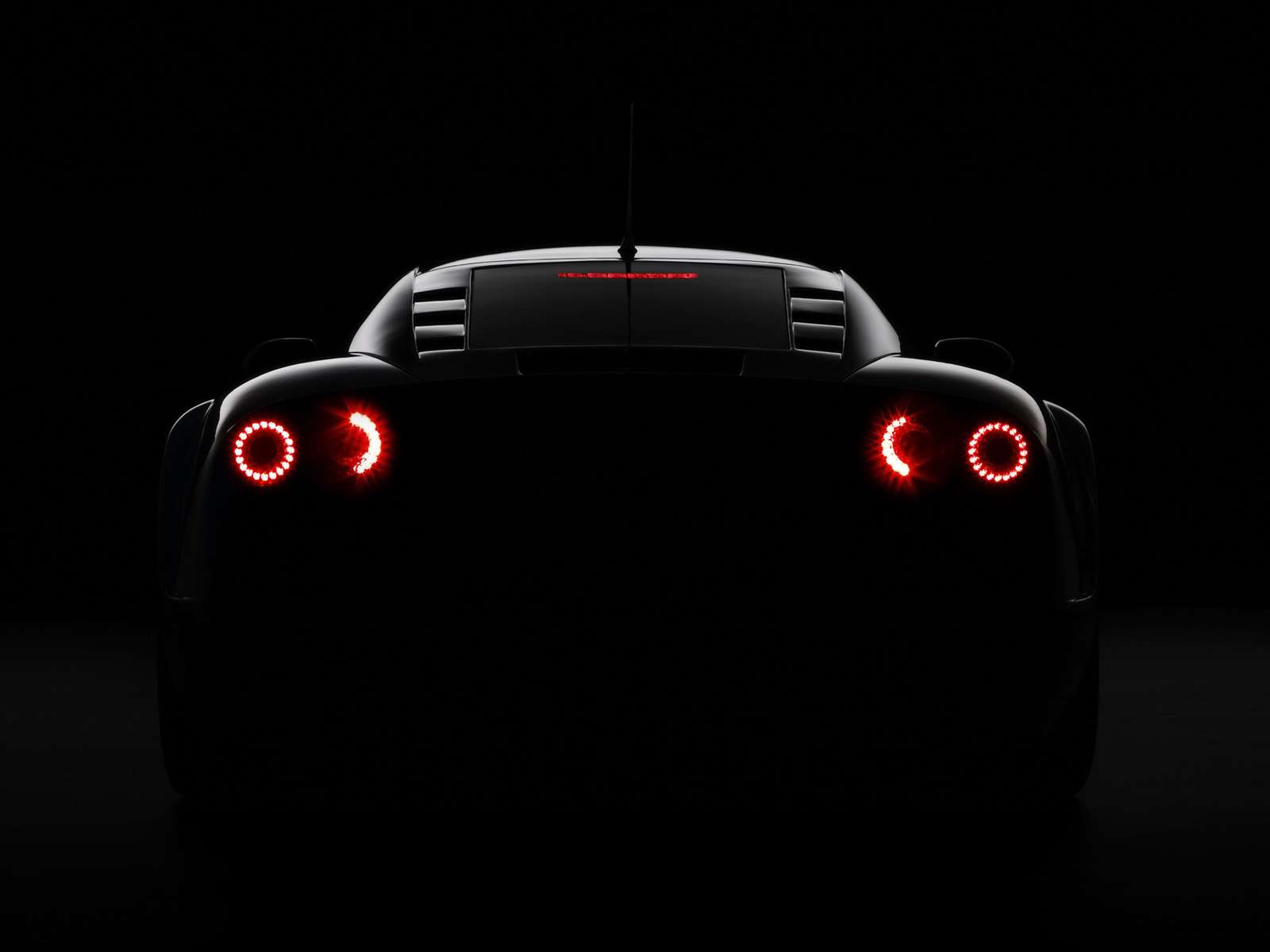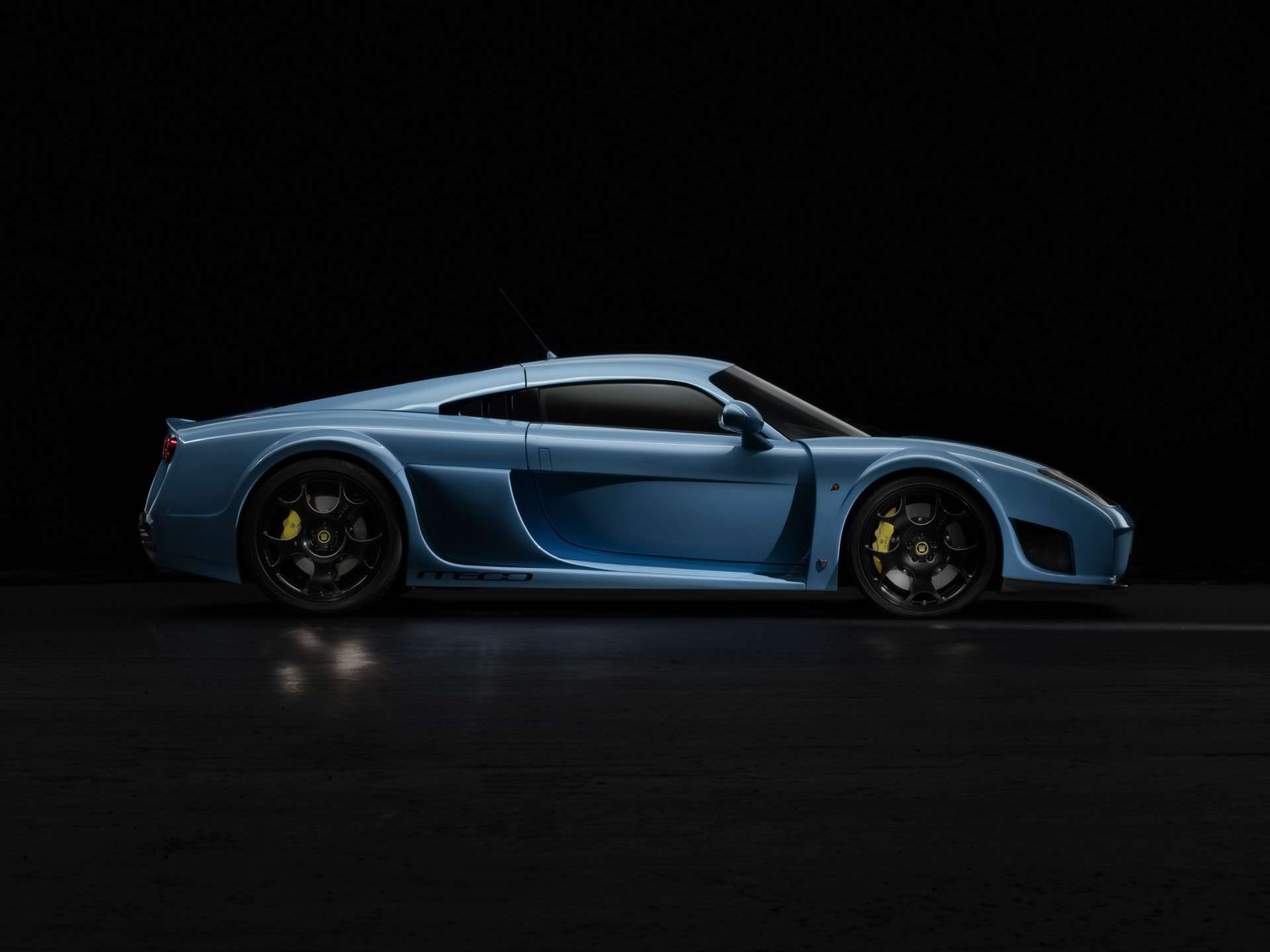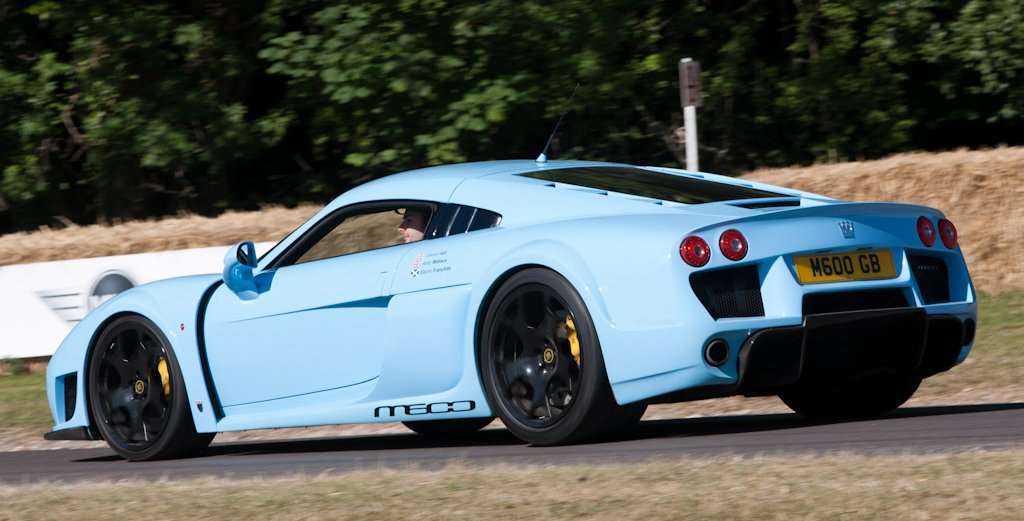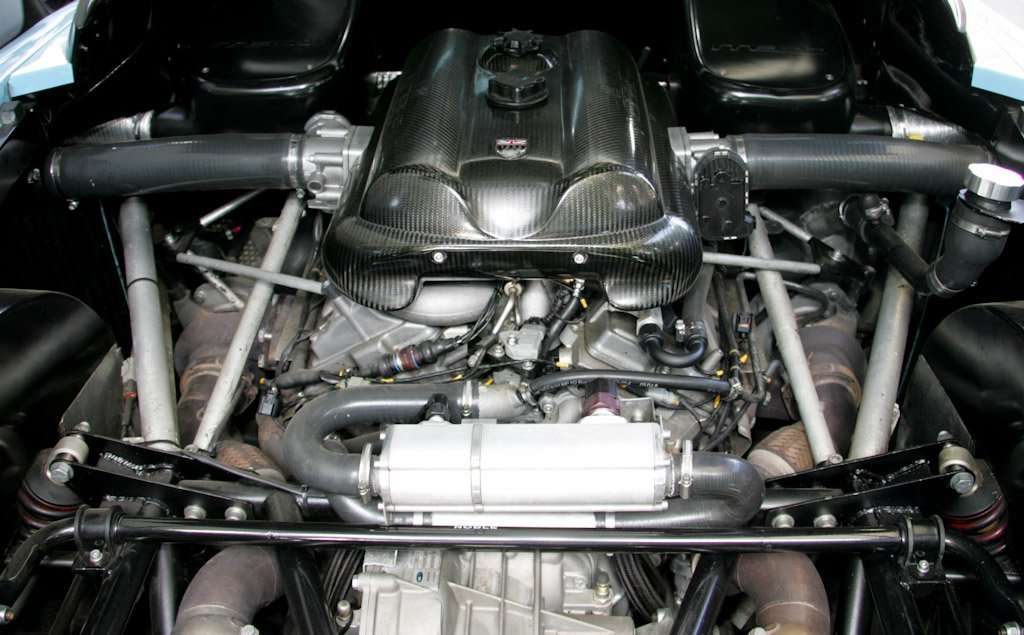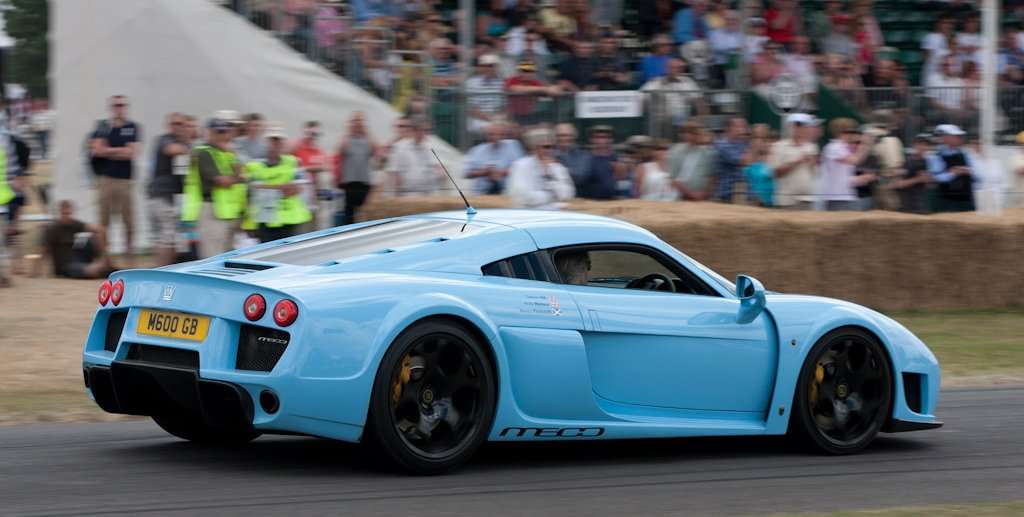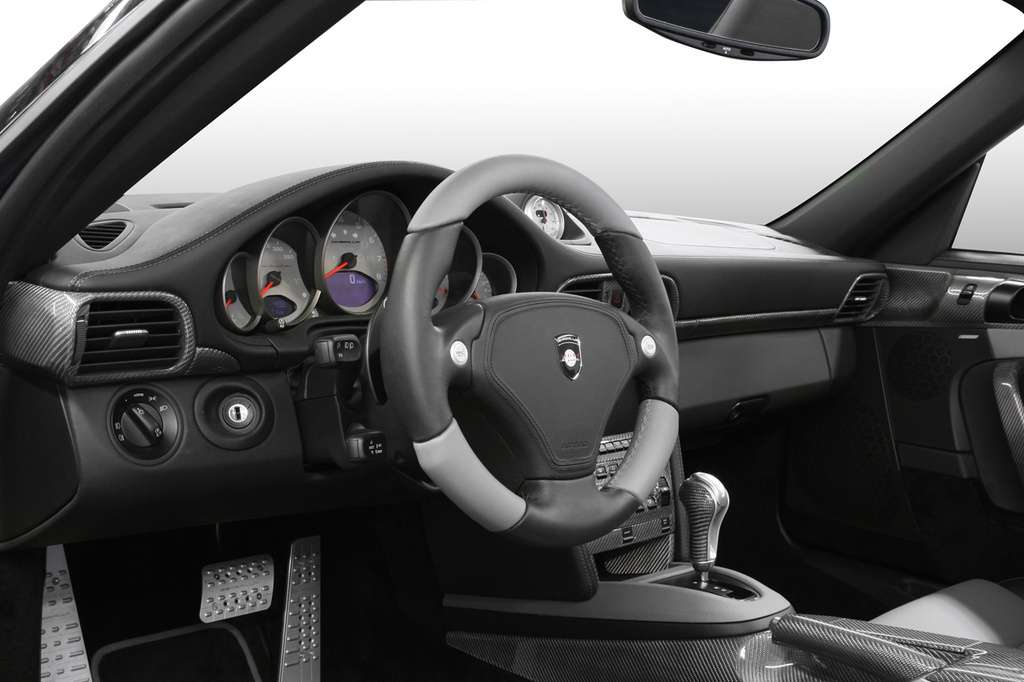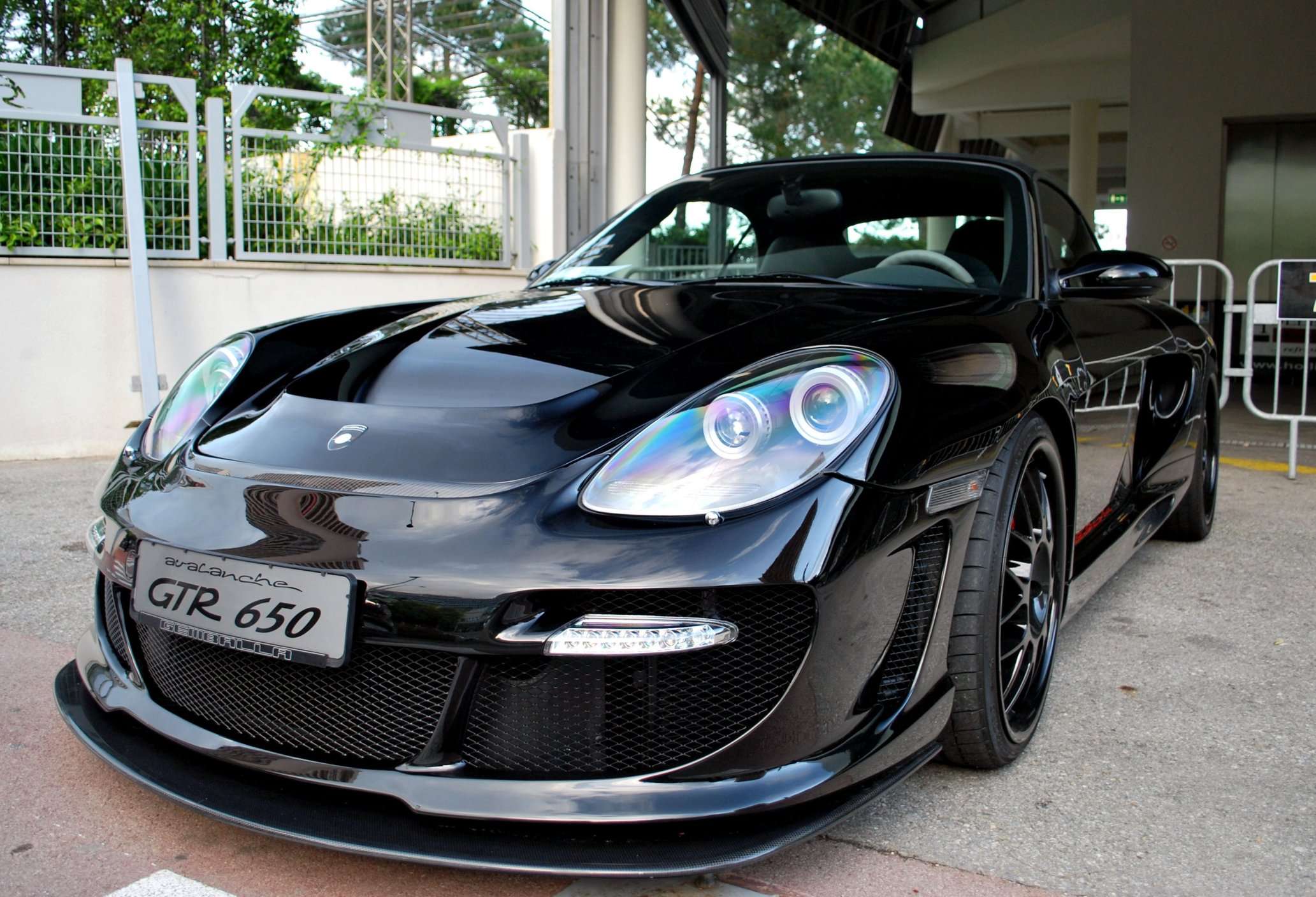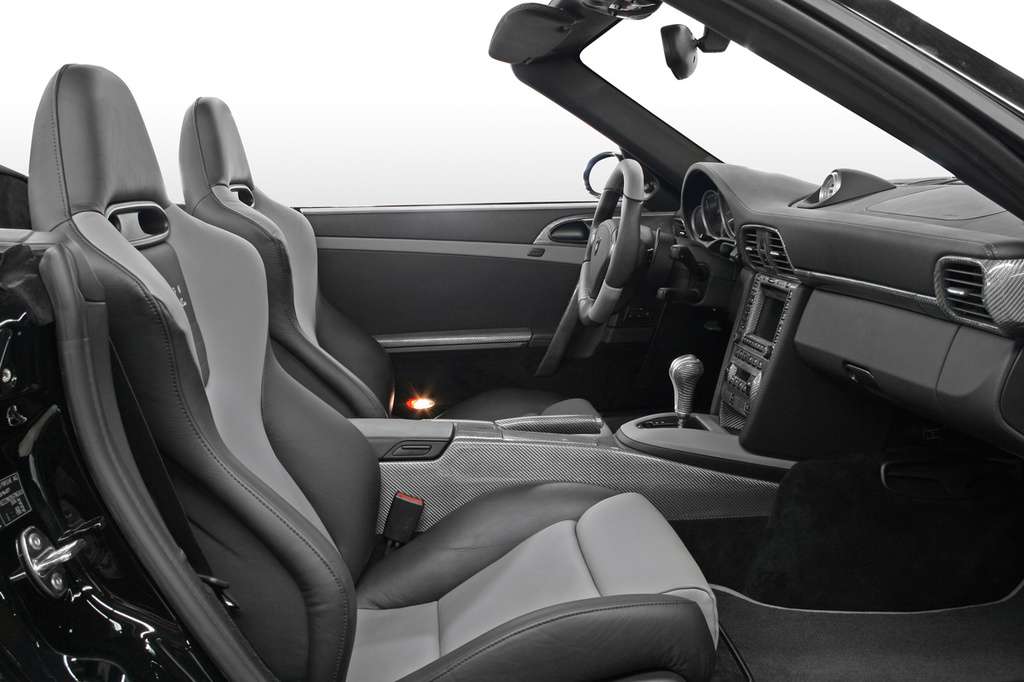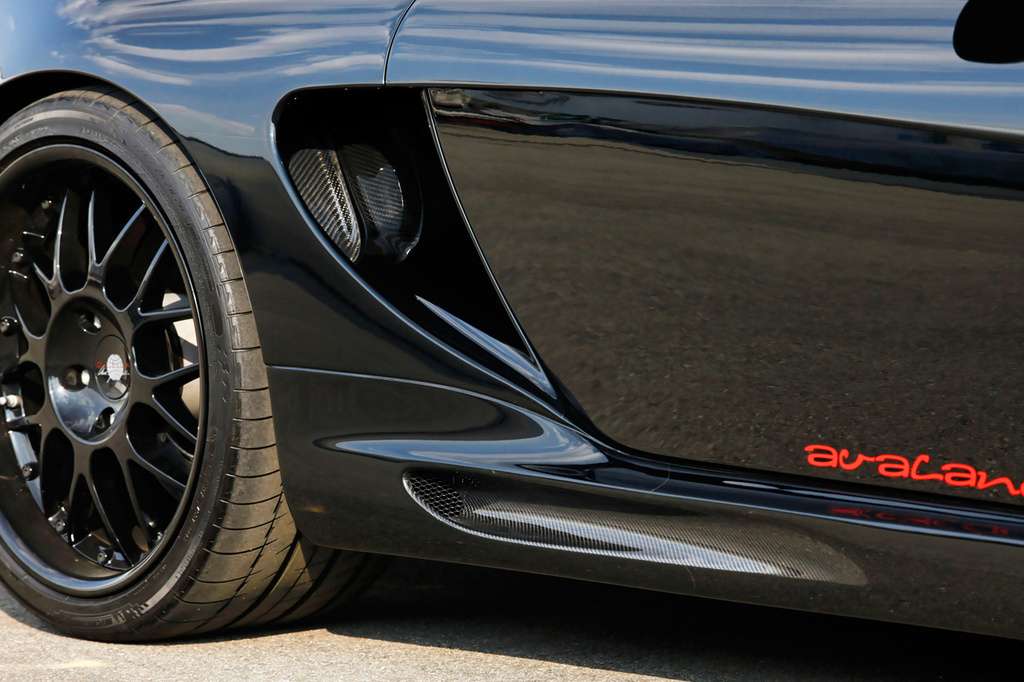
2011 Mazda 2 Reviews
Now you can add the 2011 Mazda 2 to that list of price-conscious hatchbacks. On the plus side, the Mazda 2 is quite sporty to drive, and indeed this is one area where Mazda is quite proud of its new entry-level car. The list of standard and available features for the Mazda is quite short, too.
The 2011 Mazda 2 is a five-passenger, four-door subcompact hatchback that is available in two trim levels -- Sport and Touring. The Sport comes standard with 15-inch steel wheels with wheel covers, air-conditioning, full power accessories, a tilt steering wheel and a four-speaker CD/MP3 audio system with an auxiliary input jack.
The EPA estimates fuel economy at 28 mpg city/35 mpg highway for the manual transmission and 27/33 mpg for the automatic.
Standard safety features for the 2011 Mazda 2 include antilock brakes (discs in front/drums in rear), front-seat side airbags, side curtain airbags and stability and traction control.
The 2011 Mazda 2's interior is comparable to other hatchbacks in this economical price range. With those rear seats in place, cargo capacity is 13.3 cubic feet, which is small for a hatchback.
Among the most hotly anticipated (at least among Car and Driver staffers) is the 2011 Mazda 2, Mazda’s first America-bound B-segment vehicle since the 323 and arguably the best such car Mazda has ever built.
Unavailable, for example, even on Touring models, are a telescoping steering wheel, a sunroof, integrated navigation (a portable Garmin system will be available from dealers), a USB port, and a hands-free Bluetooth system. Ditto the front-disc, rear-drum brakes. Meanwhile, fuel economy is good if not worldbeating, at 29 mpg in the city and 35 mpg on the highway for the five-speed manual and 27/33 for the four-speed automatic.
The Mazda2 press junket was shaping up to be one of those trips. Old-tech 4-speed automatic.
Mazda's stylists applied scaled-down versions of their latest styling cues -- the big smiling grille (link goes to photo), the strong front fender line, the trapezoidal rear window -- and while those same details stick out like sore thumbs on the bigger Mazda3, they somehow manage to blend right in on the little Mazda2.
At the front of the room, the Mazda staffers were talking about the virtues of the new Mazda2: refinement, light weight, price.
I picked a bright-red "Mazda2" Touring with a manual transmission and settled in. I certainly didn't feel like I was sitting in Mazda's cheapest car.
As much as I liked the Mazda2, my heart belongs to the Ford Fiesta. It's great to drive and its high-tech twin-clutch automatic delivers better fuel economy than the Mazda2, plus it offers features that the Mazda doesn't such as leather seats and iPod integration. Still, the Fiesta lacks the Mazda's quiet engine and smooth ride -- not to mention its proven Japanese build quality.
The car that poses the biggest challenge to the Mazda2 might well be the Nissan Versa, which has a roomy, well-trimmed cabin and a very attractive price tag but lacks the Mazda's good looks. Considering what the competition offers, I think the Mazda's mix of attributes will serve it well.





























